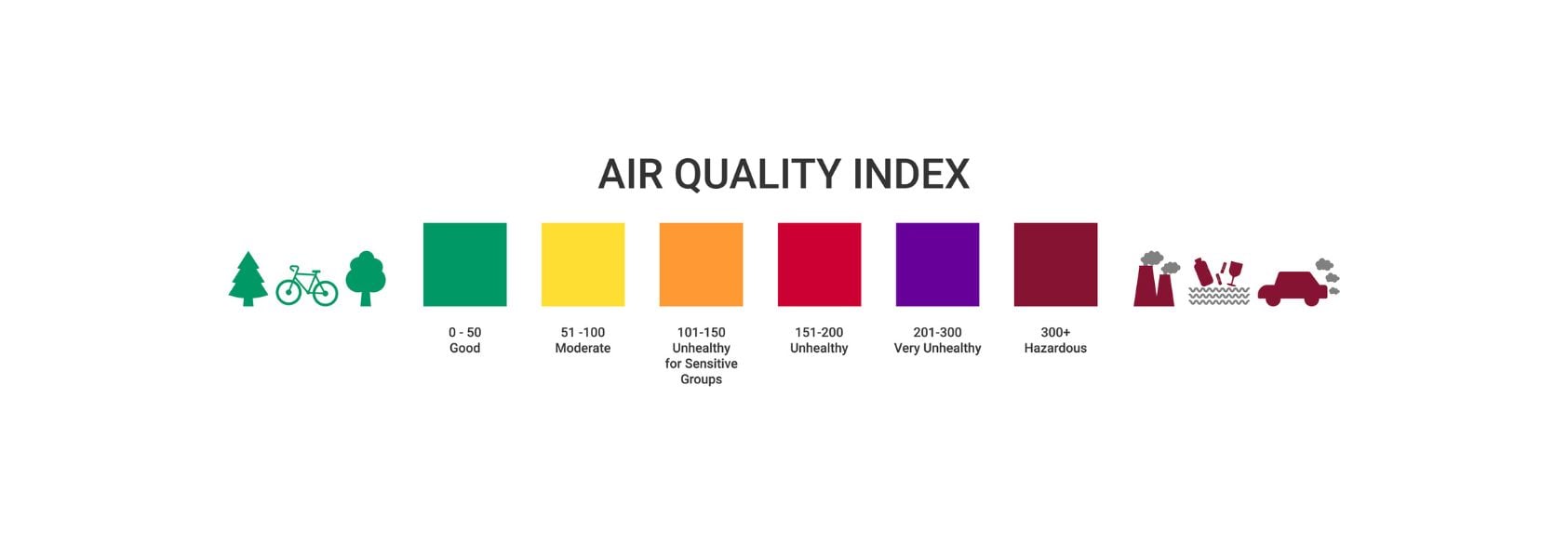What’s in the Air We Breathe? Understanding Air Quality
Air quality is linked to a number of health concerns. Ask students: What are ways we can improve the air we breathe?

Share
August 4, 2025
Air quality is linked to a number of health concerns. Ask students: What are ways we can improve the air we breathe?
Share
Air quality alerts are becoming more common across the U.S., especially during the hot summer months. From wildfire smoke in the West to pollution from traffic and industry in big cities, the air we breathe isn’t always as clean as it looks. Recently, several states — including California, New York and Texas — issued multiple Code Orange and Code Red warnings, which signal unhealthy air conditions for sensitive groups or even the general public.
Air quality is measured by something called the Air Quality Index , which looks at pollutants like ozone, fine particulate matter (PM2.5) and carbon monoxide, among other impurities. When these levels are high, breathing the air can lead to health problems—especially for children, older people and individuals with asthma or heart conditions
Clean air is something many people take for granted, but pollution is a serious threat to human health and the environment. Poor air quality has been linked to lung disease, heart problems, and even early death. It can also harm animals, plants and entire ecosystems.
The rise in air pollution is often connected to human activity—such as burning fossil fuels, operating factories and clearing land through fires. Climate change can make things worse by increasing heatwaves, droughts and wildfires, all of which contribute to poor air quality.
Understanding air pollution and how we can reduce it is a key part of protecting public health and building a more sustainable future.
Want to see more stories like this one? Subscribe to the SML e-newsletter!
Join Dr. Vin Gupta—pulmonologist, public health expert, and professor—for a yearlong series offering expert-led webinars, blogs, resources, and Q&A sessions on pressing health issues to help AFT members and communities stay informed and healthy. Access all on-demand town halls and register for the next one.
